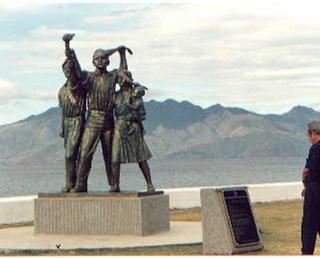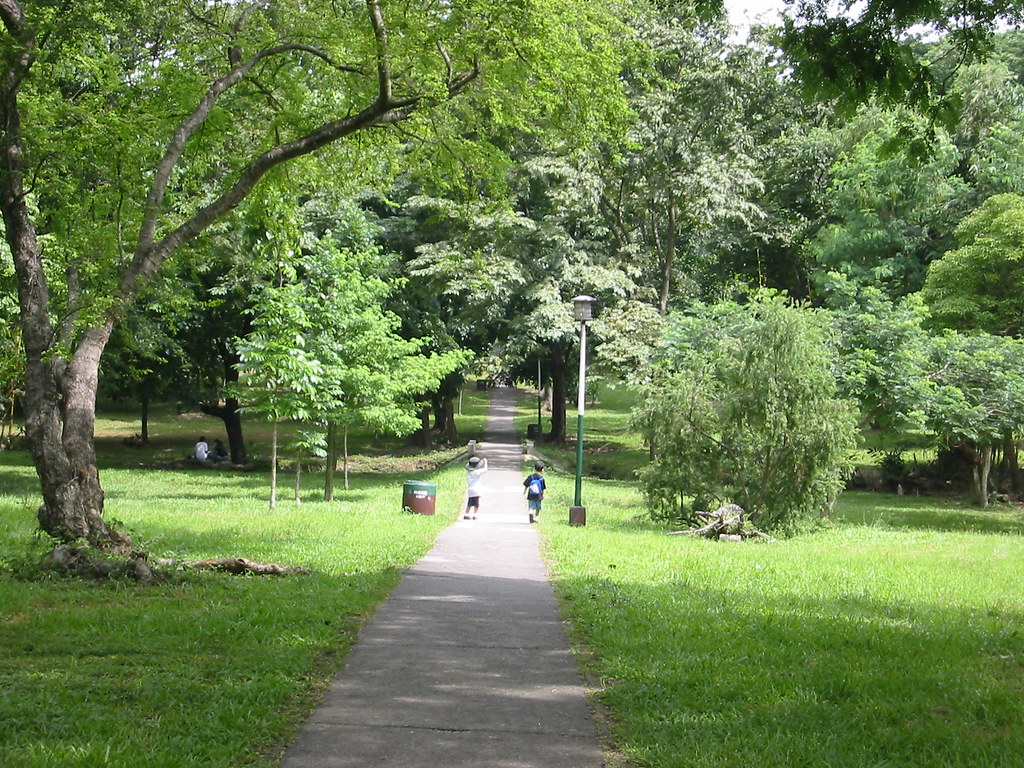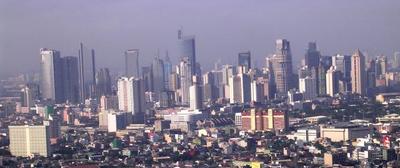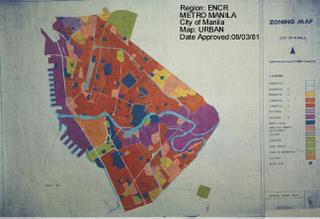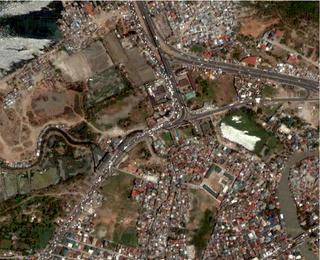mega manila and subic
monument to subic volunteers
“What is this Mega Manila? This is really the Subic-Clark area. This is intended to serve as part of the expansion of Metro Manila -- which is congested -- and they become one economy. So this becomes the interface between North Philippines and Metro Manila.” -PGMA (at the 2005 Trade Investment Progress and Tourism conference)
Subic and Clark are clearly going to be growth areas. Apart from the 94-kilometer Subic Clark Expressway Toll Project (SCTEP), the government is also investing in the Metro Clark Rapid Railway System (Northrail) and transferring the DOTC to Clark.
Subic captured the nation's imagination when it was protected from looting by volunteers after the dismantling of the US Naval Base. The volunteers were led by (then Olongapo Mayor) Senator Richard Gordon. Subic's highpoint was the 1996 APEC convention.
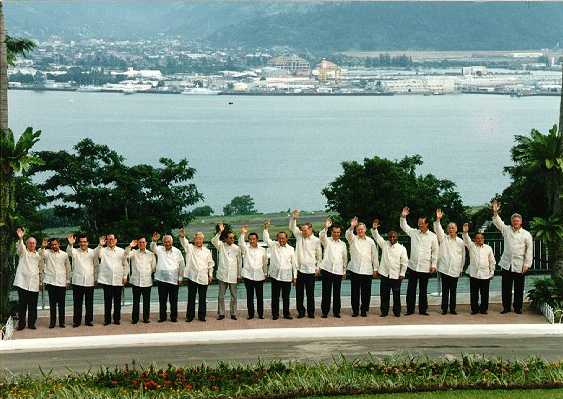 but then it went downhill in 2000 with the Estrada-Payumo vs. Gordon standoff.
but then it went downhill in 2000 with the Estrada-Payumo vs. Gordon standoff.Tumultuous politics aside, my main concern is that ever since its turnover, Subic's development initiatives have all been anchored on tourism and low-tariff industrial zones. All the old base residential facilities were turned into hotels or vacation homes. Land was set aside as industrial parks as part of the Subic Bay Special Economic Zone. Apart from the factrories and Fedex, commerce was anchored on duty-free style warehouse stores. The biggest investment (of dubious success) was the Subic Bay Yacht Club. --There was no plan for workforce housing nor a cohesive development plan for the surrounding municipalities.
Fifteen years, and three administrations later, Subic has yet to deliver fully on the promise.
There is a new, very competent team on board led by Keiko Licuanan (ex-president of Ayala Land) and Patrick Gregorio (ex-president of Waterfront Hotels). Licuanan is credited with the success of Makati (built on McMicking's vision) and Gregorio is well known among tourism circles.
As accomplished as they are, the appoinment of Licuanan and his selection of Gregorio point to the priorities of the government in SBMA/SCAD and the kind of questions they are asking: i.e. "How do we make this a commercial success?" and "How do we make this a successful tourist spot?"
Given the size of the region, I think they have to start thinking beyond investment zones and tourist centers. I think the better questions should be:
- What kind of city are we building?
- Who will live here? Where will they live?
- What will they do/ Where will they work?
- How will people travel to get to where they work?
- Where will people go to buy their daily needs?
- What kind of place will this be?
Subic and the Subic-Clark corridor, if it hopes to decongest Metro Manila, must transcend the pressure to make money and begin to think itself as a real metropolis. Begin to envision how it will grow as a city. (Perhaps they are already thinking of this and asking the same questions, but have not given these play in the media.)
Cities are not built by tourists or by factories, they are built by residents. And the most successful cities in the world today -cities that bring in tourists and investors -are genuine places with full-time residents.
Subic will grow into a metropolis. The sooner it thinks itself as a metropolis (with the components of housing, retail, commerce and civic spaces), the better the vision it will create for itself. Otherwise, it will not solve the congestion problems of Metro Manila - it will only duplicate Metro Manila's congestion.
